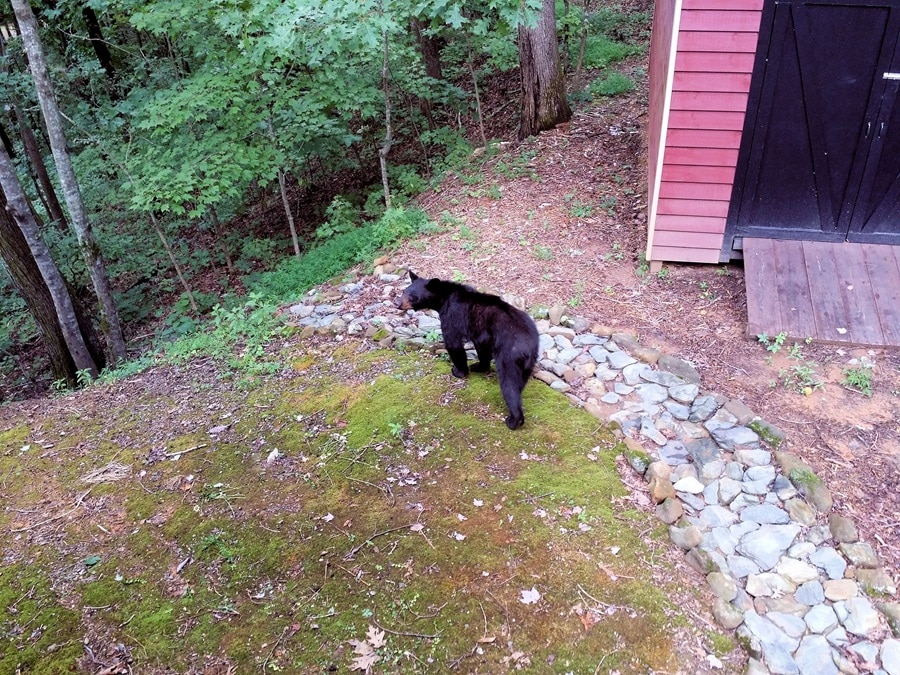Hiking offers a splendid way to explore the great outdoors, but it’s crucial to remain aware of the wild animals sharing these natural spaces. Encounters with wildlife can be awe-inspiring yet potentially dangerous. This blog post aims to educate hikers about the top wild animals they might encounter, offering crucial safety tips. It covers a range of animals, from the commonly seen to the rarely encountered, each presenting unique challenges. Understanding these animals’ behaviors and habitats enhances the hiking experience, ensuring safety for both the hikers and the wildlife.
Contents
Bears
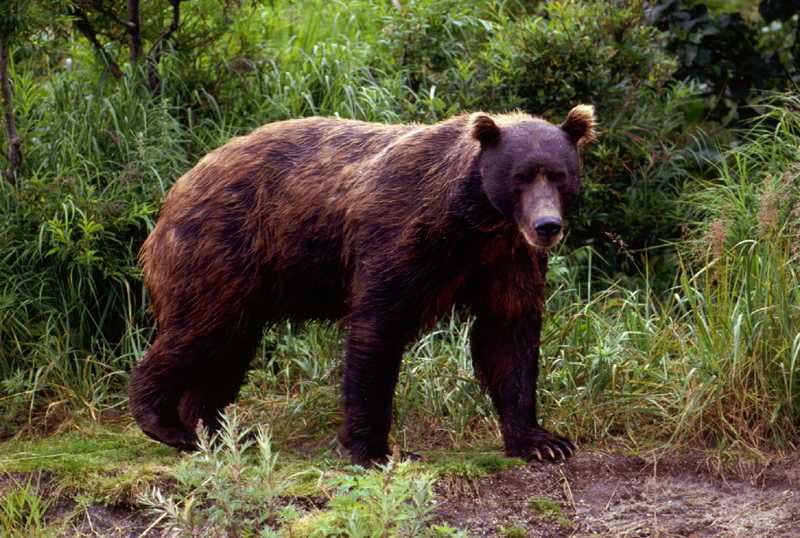
Bears, majestic yet formidable, are a common concern for hikers. They inhabit various landscapes across the country, from dense forests to mountainous regions. When hiking in bear country, awareness is key. Most bears avoid humans, but unexpected encounters can happen. It’s essential to understand bear behavior: they are typically active during dawn and dusk and are attracted to food odors. Keeping a clean camp, storing food properly, and being noise-aware reduces the risk of bear encounters.
In the event of a bear sighting, the response should be calm and measured. Never run or climb a tree; bears excel at both. Instead, speak calmly to announce presence and back away slowly, avoiding direct eye contact, which could be perceived as a threat. In the unlikely event of an attack, the response depends on the bear species. Playing dead might deter a defensive grizzly, but fighting back is more effective against a black bear. Carrying bear spray and knowing how to use it can be a lifesaver.
Snakes
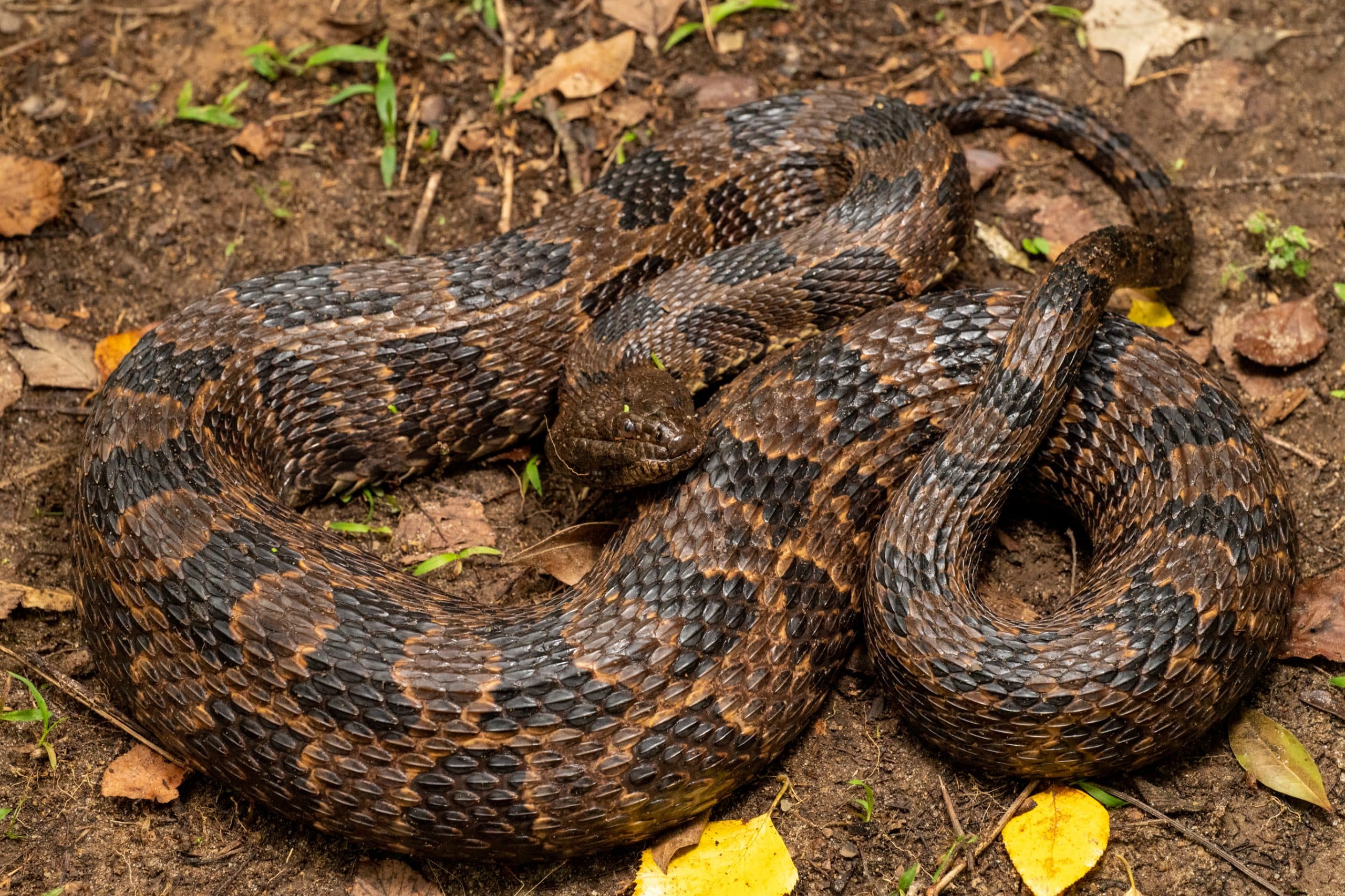
Snakes, often misunderstood creatures, are a common fixture in many hiking areas. While most are harmless, it’s vital to be aware of the venomous varieties. Rattlesnakes, copperheads, and cottonmouths are among the venomous species in the United States. They usually avoid human interaction but can bite when threatened or startled. Learning to identify these snakes and their habitats is the first step in avoiding an unwelcome encounter. High grass, rocky areas, and near water sources are typical snake hangouts, so extra caution is advised in these areas.
If a snake is spotted, it’s best to give it a wide berth. Most snake bites occur when trying to handle or kill a snake. In case of a snakebite, keeping calm is crucial as a racing heart spreads venom faster. The affected limb should be kept lower than the heart, and medical help sought immediately. Do not cut the wound or attempt to suck out the venom. While hiking, wearing long pants and sturdy, closed-toe shoes offers an extra layer of protection against snake bites.
Mountain Lions
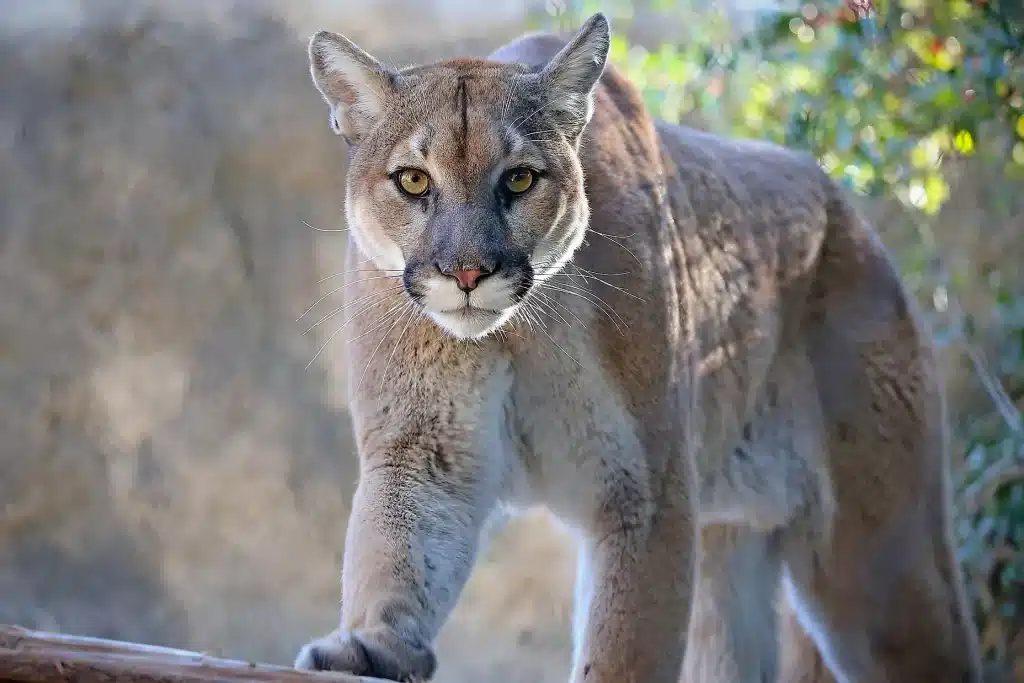
Mountain lions, also known as cougars or pumas, are elusive but can be dangerous. These large predators primarily inhabit the mountain regions of North and South America. Hikers in these areas should be aware of their presence, especially during dawn and dusk when mountain lions are most active. Attacks on humans are rare, but understanding their behavior is crucial for safety. Avoiding hiking alone and keeping children close are effective ways to reduce the risk of an encounter. Also, making noise while hiking can deter a mountain lion from coming near.
If a mountain lion is encountered, it’s important not to run or turn your back, as this can trigger their instinct to chase. Instead, the best course of action is to stand tall, wave your arms to appear larger, and make loud noises. Throwing objects, if available, without crouching or turning away can also help in deterring the animal. In the rare event of an attack, fighting back aggressively, targeting the animal’s face and eyes, increases the chance of survival. Always remember, mountain lions are more likely to attack individuals who are alone and small in size.
Moose
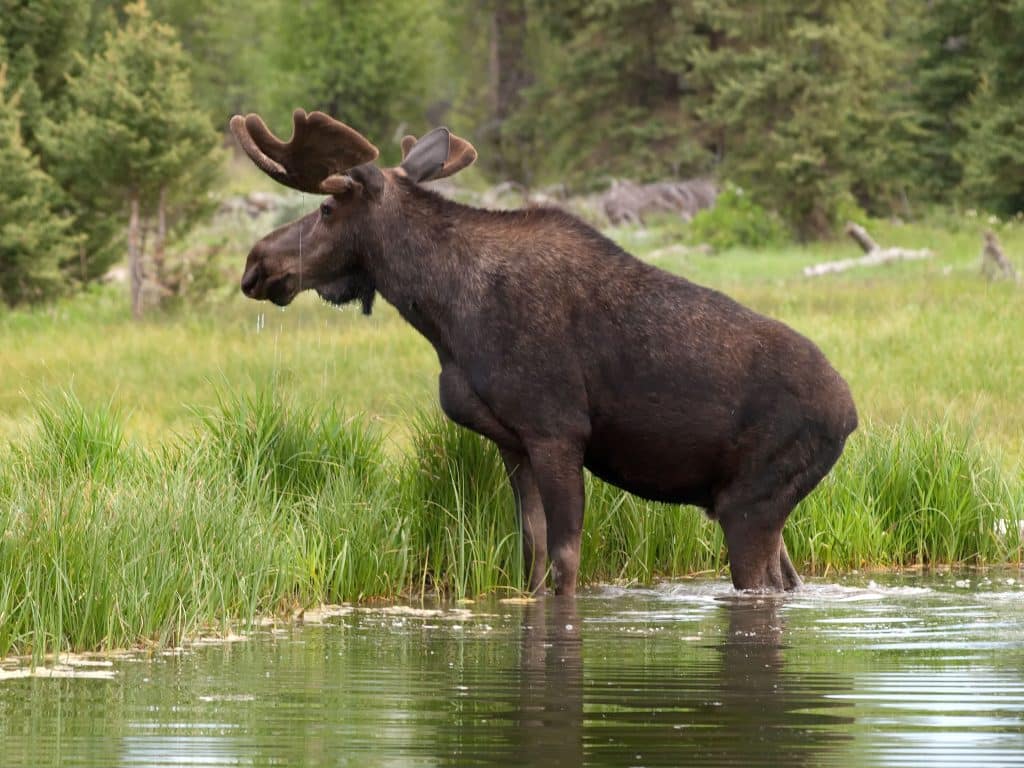
Moose, despite their less predatory nature compared to bears or mountain lions, pose significant risks due to their size and unpredictability. These large mammals are commonly found in the forests of North America and parts of Europe. Moose are generally not aggressive, but they can be very dangerous if startled or provoked, especially during the mating season or when a female is with her young. Hikers should be aware of their surroundings and avoid areas where moose are known to frequent. If signs of moose are present, such as tracks or droppings, extra caution is advised.
In the event of a moose encounter, it is vital to keep a safe distance. If a moose charges, the best strategy is to run and put a large object, like a tree or a rock, between you and the moose. Climbing a tree can also be an effective escape strategy. Unlike bears, moose will not pursue a person over long distances. It is crucial to understand that moose are wild animals with unpredictable behavior. Therefore, observing them from a distance and never attempting to feed them is always the safest approach.
Wild Boars
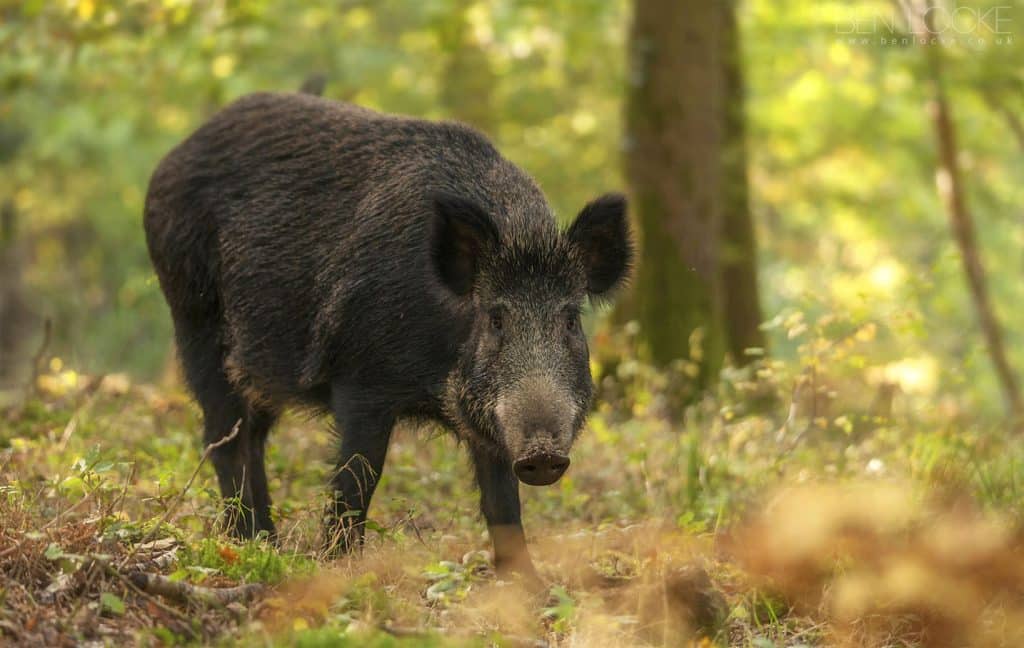
Wild boars are formidable animals known for their aggressive behavior and sharp tusks. They are found in various parts of the world, including Europe, Asia, and North America. When hiking in areas inhabited by wild boars, it’s important to be aware of their presence. These animals can be aggressive, especially when they feel threatened or if they are protecting their young. Hikers should avoid areas with known wild boar populations or signs of their presence, such as rooting marks or tracks.
If a wild boar is encountered, the best response is to slowly and calmly move away. Do not attempt to feed or approach them, as this can provoke an attack. In the rare case of an aggressive encounter, finding high ground or climbing a tree can provide safety. It’s also advisable to carry a whistle or a horn, as loud noises can scare them away. Remember, wild boars are more likely to charge if they feel cornered or threatened, so giving them space and an escape route is essential.
Wolves
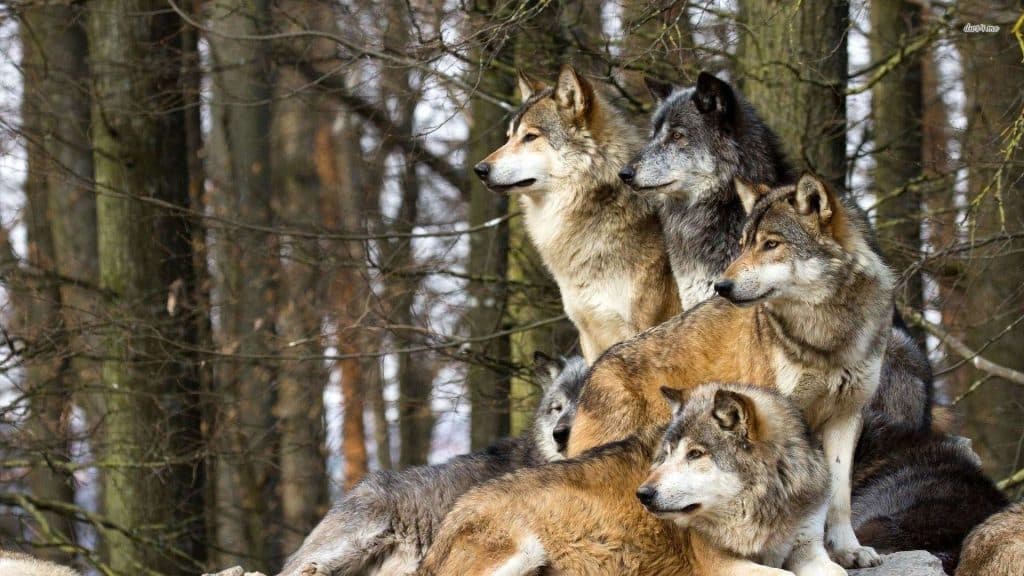
Wolves are majestic creatures, often associated with wilderness and remote areas. They are generally shy and avoid human contact, but it’s still important for hikers to be aware of their presence, especially in regions where wolves are known to live. Wolves are pack animals and can be protective of their territory. While direct encounters are rare, understanding their behavior and signs of their presence, like tracks or howling, can help in avoiding unexpected meetings.
If a wolf is encountered, similar rules apply as with coyotes: do not run or turn your back. Maintain eye contact, stand tall, and make noise. In the rare event of an aggressive encounter, group together if in a party, and try to appear intimidating. Wolves respect assertiveness and are likely to back down if they perceive you as a threat. It is also crucial to keep campsites clean and food stored securely to avoid attracting wolves.
The Bottom Line
Encountering wildlife is an inherent part of hiking, offering both beauty and a reminder of the respect due to these wild inhabitants. This blog post has provided insights into the behaviors and habitats of various animals hikers might encounter, along with safety tips for each. Being informed and prepared is the key to safely enjoying hikes while coexisting with wildlife. Ultimately, respecting these animals and their habitats ensures a harmonious and enriching experience in the great outdoors.

